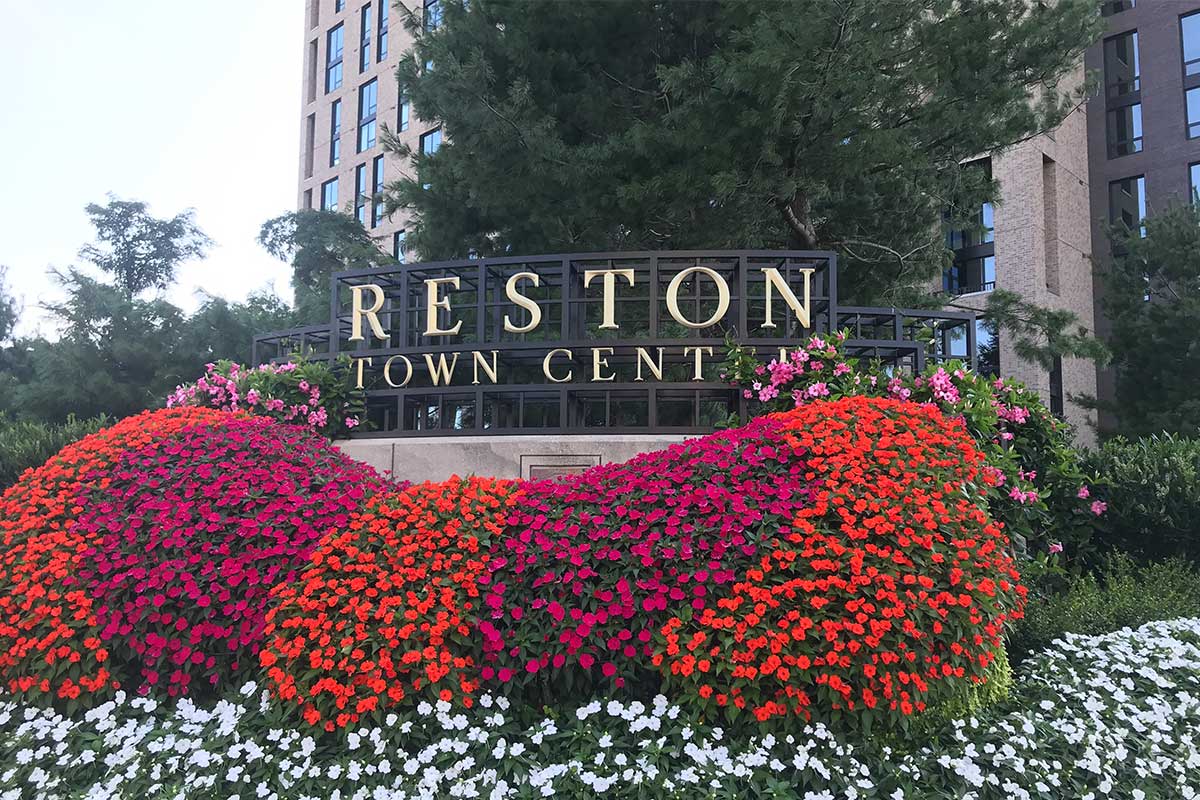Understanding Creosote: An In-Depth Guide from Reston, VA
Creosote is a household term that is often mentioned, yet many homeowners in Reston, VA, do not fully understand what it is, why it accumulates, and why it is a serious threat to the safety and efficiency of their fireplaces. This guide, courtesy of “A&T Chimney Sweeps fireplace, furnace, dryer vent, gutter cleaning, and repair services in Reston, VA”, seeks to enlighten homeowners on everything they need to know about creosote.
What is Creosote?
Creosote is a dark, oily residue that accumulates on the internal walls of a chimney or stovepipe as a result of incomplete combustion of wood or coal. It is a by-product of the condensation of unburned gases and particles that rise with the smoke. Creosote is highly combustible and is one of the leading causes of chimney fires.
The Formation of Creosote
The process of creosote formation is influenced by several factors. One key factor is the type of fuel used. Green or unseasoned wood tends to produce more creosote due to its high moisture content, which lowers the combustion temperature, resulting in unburned gases that condense into creosote.
The operating temperature of the appliance also plays a significant role. A low-temperature fire results in incomplete combustion, thus more unburned gases. The cooler the internal flue temperature, the higher the chances of condensation and creosote formation.
Creosote and Chimney Fires
Creosote is a significant fire hazard. When it builds up to a sufficient thickness and the internal flue temperature is high enough, creosote can ignite, causing a dangerous chimney fire. These fires can damage the chimney structure, spread to other parts of the house, and pose a serious risk to the occupants.
The Dangers of Creosote Exposure
Apart from being a fire hazard, prolonged exposure to creosote can also pose health risks. It contains chemicals that are hazardous when inhaled, ingested, or come into contact with the skin. These health risks include respiratory problems, skin irritations, and in extreme cases, some types of cancer.
Creosote Removal and Chimney Maintenance
The most effective way to prevent creosote accumulation and the associated risks is through regular chimney maintenance and cleaning. Homeowners should ensure their chimneys are inspected at least once a year and cleaned as necessary by a professional chimney sweep.
In Reston, VA, homeowners can trust the expertise of A&T Chimney Sweeps for their chimney cleaning needs. They offer a comprehensive range of services, including fireplace, furnace, dryer vent, gutter cleaning, and repair services.
Burning seasoned wood, maintaining a high combustion temperature, and ensuring adequate air supply can also help minimize creosote formation. More so, homeowners can consider installing a chimney liner to improve the efficiency of their chimney, reduce condensation, and consequently, creosote formation.
FAQs
Q1: How often should I have my chimney cleaned?
A: The National Fire Protection Association recommends that chimneys, fireplaces, and vents should be inspected at least once a year. Cleaning should be done as necessary.
Q2: What are the signs of creosote buildup?
A: Some common signs of creosote buildup include reduced drafting in the chimney, visible soot around the chimney area, a strong, unpleasant odor, and an unusually high amount of smoke during fires.
Q3: Can I clean creosote myself?
A: While there are products available for creosote cleaning, it is recommended to have a professional chimney sweep do the job. They have the right tools, training, and experience to clean the chimney effectively and safely.
Q4: Is all creosote harmful?
A: All forms of creosote are potentially harmful. However, the degree of harm can vary based on the concentration, duration of exposure, and the individual’s health condition.
In conclusion, understanding the nature of creosote, its formation, and the dangers it poses is crucial for every homeowner. Regular chimney maintenance, including professional cleaning and inspection, is the best way to ensure your fireplace remains safe, efficient, and creosote-free.








